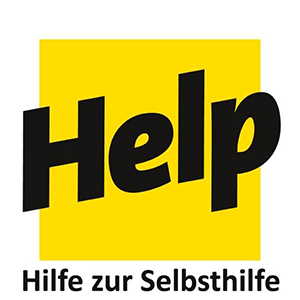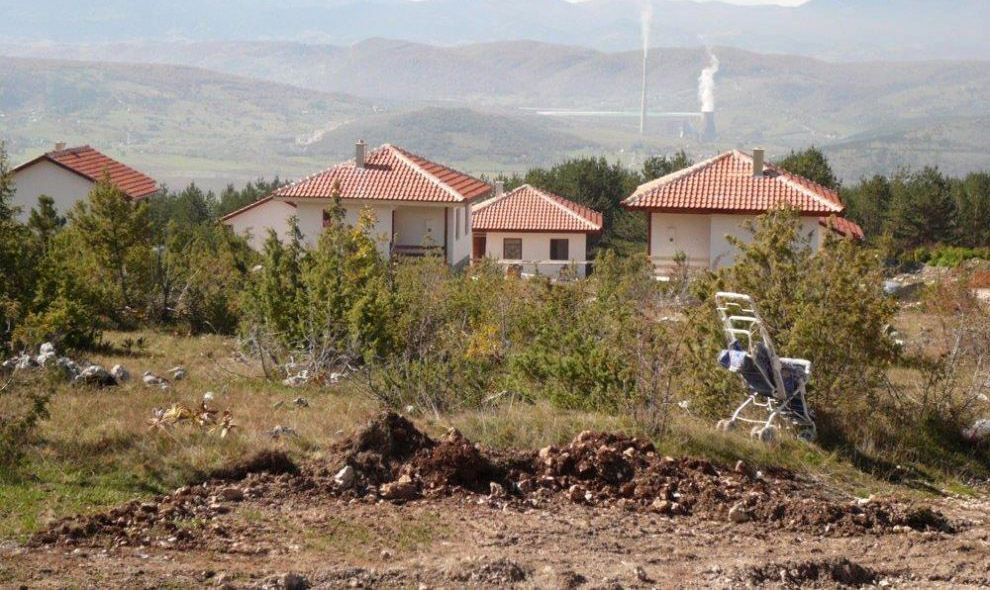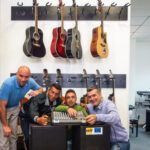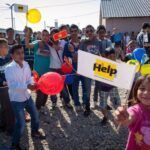:: PROJECT
Mon – 35 Self-help construction assistance for Refugees and IDPs
:: DONOR
United Nations High Commissioner for Refugees
:: REALISATION / BUDGET
January 2005 until June 2005 :: € 155.350
:: SHORT DESCRIPTION
Since 1992, UNHCR has been funding a local shelter project in Montenegro , which included construction, rehabilitation and maintenance of collective accommodation facilities, used to house refugees fleeing from BiH and Croatia . In 1997, UNHCR started pilot projects to provide more durable accommodation to refugees from the 1992-1995 conflict in the former Yugoslavia . A total of 9 refugee settlements in the municipalities of Kolasin, Niksic, Podgorica, Berane, Plav, Rozaje, Herceg Novi and Tivat were constructed for the refugee caseload by 1999. During the year 1999 and 2000 the most urgent accommodation needs for IDP influx from Kosovo were met through camps, and private motels and hotels and in existing collective centres for refugees.
At present, there are 8,474 refugees from Bosnia & Herzegovina and Croatia and 18,019 IDPs from Kosovo, still living in Montenegro . Out of this number 1,621 Refugees and 1,949 IDPs live in official collective centres, family settlements and 1 camp.
In January 2005 HELP has taken over a part of self help construction programme for a durable/ permanent accommodation solution, and will in 2005 focus on refugees/IDPs living in collective centre “ Dom Ucenika” in Kolasin , which is planned for closure as of 1 July 2005.
Due to lack of alternative accommodation and other durable solutions, a number of sub-standard infrastructure facilities continue to accommodate refugees and IDPs, thus basic maintenance and repair works on the selected collective centres will be aiming ensuring physical safety of facilities and their residents.
All concerned projects are done as per the request of UNHCR and in close co-ordination with the local authorities.
This sub-project is planned to last 6 months.
Description of Beneficiaries
a) General Background on Beneficiary Population
Demographic Data by Beneficiary Population (Current Situation)
According to the official registration records, Montenegro hosts some 8,474 refugees from BiH and Croatia and some 18,019 internally displaced persons from Kosovo consisting of Montenegrins, RAE, Serbs, Muslims, and Albanians (in numerical order). The numbers are updated by MCDP on monthly Refugees and IDPs reside in all 21 municipalities of Montenegro , with larger concentrations in Podgorica, Herceg Novi, Bar, and Berane municipalities.
Demographic Projection : Current number of Refugees present in Montenegro is expected to be verified once the status revision exercise is completed mid 2005. Out of the total refugees and IDPs, 7.5% (approximately 2,317 persons) are accommodated in official collective centres, in specialised institutions, family settlements which receive varying amounts of support for running costs from UNHCR. The number of beneficiaries is subject to reduction according to the availability of funds. Some 5% are expected to continue to illegally occupy unofficial sites/buildings pending legal action from the owners. The remaining 87.5% reside in private accommodation, which includes a mixture of rental payments, family support and host families.
b) Specific Information on the Beneficiaries of the Project
Collective centres care and maintenance programme has approximately 1,000 direct beneficiaries in about 3 official collective centres and 9 Family settlements in Montenegro.
In 2005 self-help construction programme will aim at assisting Refugees and IDPs, residing in CC Dom Ucenika in Kolasin who opted for integration into the local society, by acquiring land, and need support in construction of durable housing units.
Implementation Arrangements
HELP has its office in Podgorica, holding international and national personnel who implements projects in Montenegro . HELP employs technical part-time consultants specialised in civil engineering, electrical works, and water and sewage construction to cover the technical monitoring, evaluation and control of the works’ execution.
HELP assesses the different requests from UNHCR and findings from the assessment visits and prioritises order of works execution, regarding sanitation, water, heating, electricity, roofs and windows in official CCs and family settlements. For each proposed activity, HELP is making a technical outline of the works required and estimates the costs of required material and labour. According to the most urgent needs as identified and agreed upon by MCDP and UNHCR, HELP organises necessary steps to be undertaken.
For self-help construction programme HELP provides assistance in delivery of building material either for construction of new housing units on a land in the beneficiary’s ownership. Materials are provided for a house measuring to ~35 m 2 with a value of approximately EUR 10,500. Beneficiaries are expected to provide construction labour on their own, as well as to take care of storage of building material, all necessary permits, and water, electricity and sewage (infrastructure) connections.
Impact on Protection Issues and Policy Priorities
Basic maintenance of official Collective centres has a positive impact on living conditions of Refugees and IDPs residing in those centres, most of who are vulnerable.
Self help construction programme is targeting official Collective centres and vulnerable Refugees/IDPS living in them .The precariousness of their legal and residential status and that of their accommodation is a major cause of their feeling of uncertainty and it does not provide a stable environment for bringing up of children. With the self help assistance refugees/IDPs will provide a permanent individual accommodation for their families, and a healthy ground for other aspects of socio-economic integration.
Self help construction programme will facilitate the closure of CCs, providing assistance to eligible refugees/IDPs.



